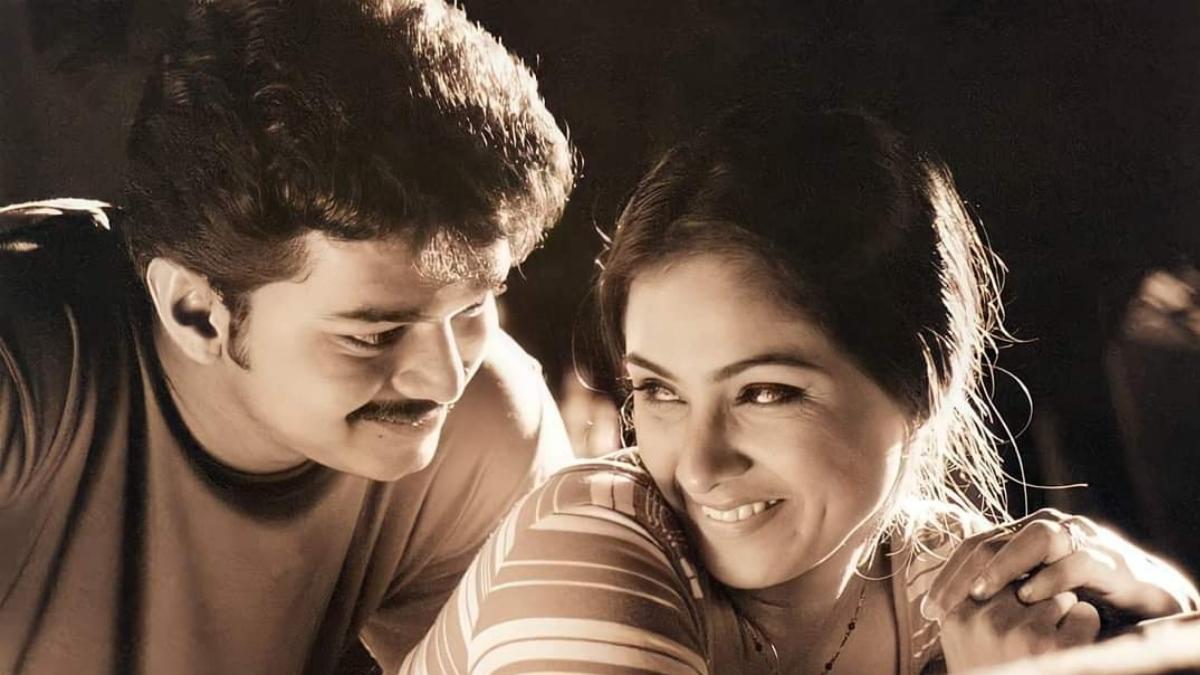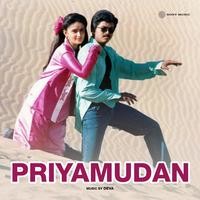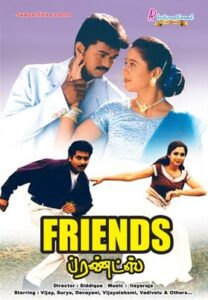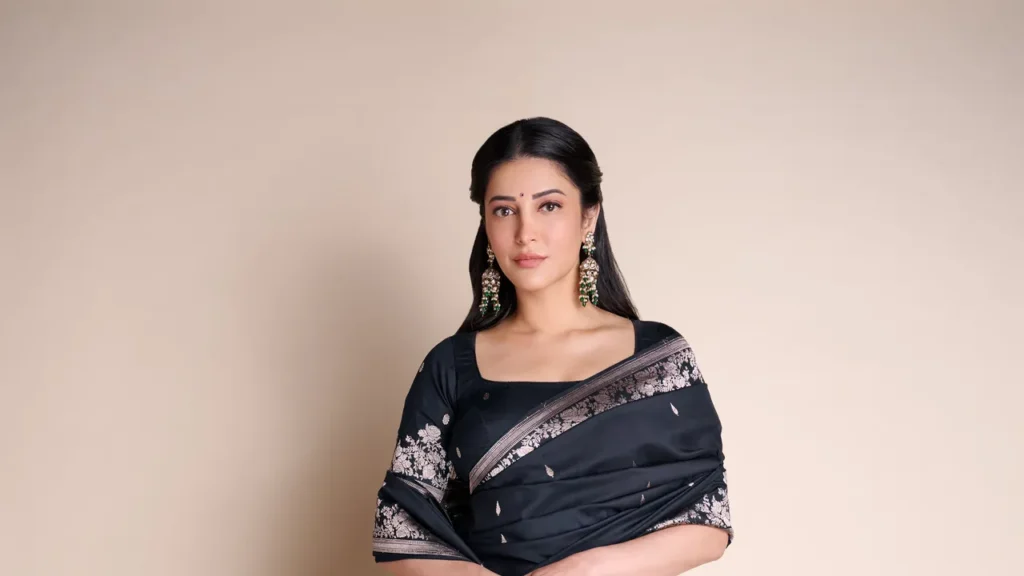The Priya Factor: A Silent Thread in Thalapathy Vijay’s Cinematic Legacy

In the vibrant world of Tamil cinema, few names command the kind of emotional and cultural gravity as Thalapathy Vijay. But among the recurring themes across his films, one name quietly yet consistently weaves through his stories — Priya.
From obsessive lovers to glamorous cameos, the character of Priya has surfaced in several of Vijay’s films, often becoming a silent thread in his journey from boy-next-door charm to mass icon. Whether she’s the heart of the conflict or a graceful presence in the background, Priya has been more than just a name — she has become a narrative symbol, evolving with time.
In the larger-than-life world of Tamil cinema, Thalapathy Vijay has built a legacy on versatility, mass appeal, and emotional connection. His roles span from romantic youth to fierce action heroes. Yet, quietly nestled in his filmography is a curious detail: the recurring appearance of a female character named Priya.

Is it a coincidence? Or an unspoken narrative device that directors keep returning to? The name Priya—meaning “beloved” or “dear one” in Sanskrit—carries emotional weight. In Vijay’s universe, Priya isn’t just a name. She is a representation of obsession, grace, mystery, glamour, and sometimes, pain.
Let’s revisit the memorable times when Priya took centre stage.
1. Priyamudan (1998): Where It All Began

This film marked a turning point in Vijay’s career. Playing an anti-hero for the first time, he stunned audiences with a role that was dark, obsessive, and morally grey. The central female character, Priya (played by Kausalya), becomes the focal point of his dangerously passionate love.
Here, Priya is not just a character—she’s a psychological anchor. Her presence pushes the narrative into deeper, murkier territories. It was one of the boldest portrayals of love and manipulation, and it cemented the emotional weight that the name Priya would carry in future films.
2. Friends (2001): Priya as the Bridge Between Love and Loyalty

In Friends, Devayani’s character, also named Priya, offers a softer, more emotional version of the name. As the romantic interest of Vijay, her character is pivotal in the emotional conflict between friendship and love.
She’s not dramatic or flashy—she is restrained, grounded, and deeply human. This version of Priya shows us that love doesn’t always need to shout; sometimes, it simply waits and stays.
3. Badri (2001): The Duality of Desire

Badri introduced another Priya—this time played by Monal—as part of a dual role (Janaki and Priya). The character represents a modern contrast to tradition, showcasing the internal tug-of-war many young women experience between image and identity.
The dual identity symbolized complexity, layered femininity, and the evolving image of women in early 2000s Tamil films. Vijay’s interaction with this Priya was more flirtatious, fast-paced, and layered with societal expectations.
4. Sachein (2005): The Glamorous Disruption

In Sachein, Bipasha Basu makes a bold cameo as Priya, a confident, cosmopolitan woman who challenges the hero’s charm. She’s not the main love interest, but she turns heads and sets the screen ablaze with attitude.
This Priya is about allure, power, and knowing exactly what she wants. In many ways, she broke the mold—representing how Priya had grown beyond the girl-next-door.
5. Thirupaachi (2005): The Familiar Stranger

Here, Mallika’s Priya is a more subdued figure—a friend to the protagonist’s sister. Though not central to the plot, her presence adds warmth and familiarity. This version of Priya represents the everyday woman—simple, sweet, and quietly observant.
Sometimes, cinematic legacies aren’t built by the loudest characters, but by the ones who echo softly through the narrative.
6. Azhagiya Tamil Magan (2007): Sensuality Meets Suspense

Namitha plays a glamorously dangerous Priya in this psychological thriller. She’s used not as a romantic anchor, but a seductive and mysterious force. Her role reflects the darker undertones of desire and illusion—core themes in the film.
This was perhaps the most radical shift in the Priya arc. From innocent obsession in Priyamudan to raw sensuality here, the evolution is unmistakable.
More Than a Name – A Symbol
The recurring appearance of Priya in Vijay’s films is not just a storytelling pattern. It’s a mirror reflecting how Tamil cinema’s portrayal of women has evolved—from being objects of desire to subjects with emotional complexity.
Each Priya tells us something about the era in which she appeared:
-
In the late 90s, she was tragic and desirable.
-
In the early 2000s, she was dignified and emotional.
-
By the mid-2000s, she was assertive and glamorous.
-
And in thrillers, she became powerful and unpredictable.
Why We Remember Her
Audiences remember these Priyas not just because of their name, but because of the emotional footprints they left behind. They helped shape Vijay’s screen presence, challenged his characters, and gave depth to his stories.
In an industry driven by larger-than-life heroes, Priya quietly held her place as the quiet force behind the drama, romance, and intensity.
A Cinematic Signature?
As Thalapathy Vijay moves forward in his career, fans continue to watch out for hidden callbacks—names, locations, lines. Will there be another Priya in his future? Will she be gentle, fierce, or enigmatic?
We don’t know. But if she does return, we’ll know she’s not just a character—she’s part of his story, part of ours, and part of Tamil cinema’s collective memory.
At Sparrow Tweets, we believe cinema is made not just by stars, but by the names, emotions, and stories that linger long after the credits roll.











